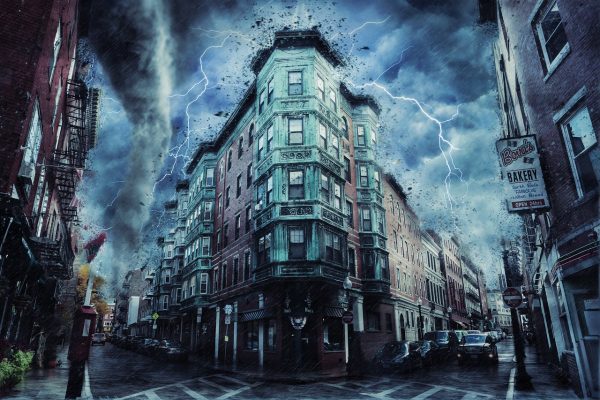
Deep within Guatemala’s rainforest sits one of the most famous remnants of the Maya civilization: a roughly 2,000-year-old citadel turned to ruins called Tikal. When Alan Weisman hiked through the surrounding region, he discovered something fascinating along the way: “You’re walking through this really dense rainforest, and you’re walking over hills,” said Weisman, author and journalist. “And the archaeologists are explaining to you that what you’re really walking over are pyramids and cities that haven’t been excavated.”
In other words, we know about sites like Tikal because humans have gone to great efforts to dig up and restore their remains. Meanwhile, countless other ruins remain hidden, sealed beneath forest and earth. “It’s just amazingly thrilling how fast nature can bury us,” Weisman told Live Science.
This scene from the rainforest allows us a glimpse of what our planet could look like, if humans simply stopped existing. Lately, that idea has been especially pertinent, as the global COVID-19 pandemic has kept people inside, and emboldened animals to return to our quieter urban environments — giving us a sense of what life might look like if we retreated further into the background. Weisman, who wrote “The World Without Us” (Thomas Dunne Books, 2007), spent several years interviewing experts and systematically investigating this question: What would happen to our planet — to our cities, to our industries, to nature — if humans disappeared?


